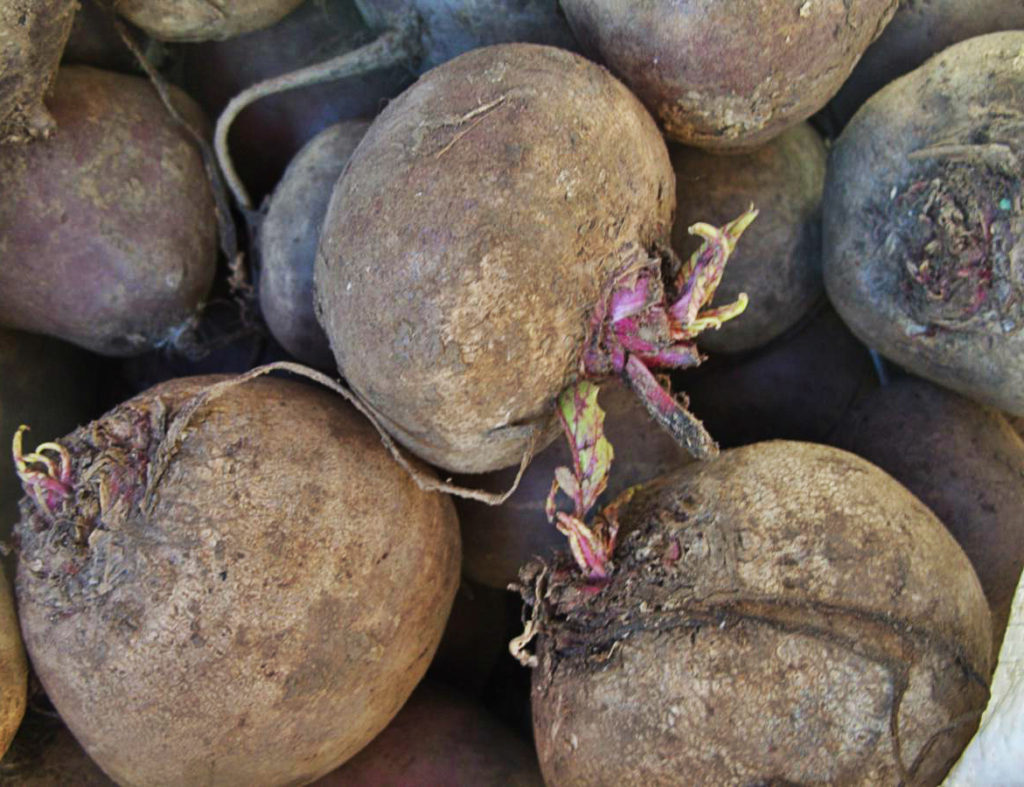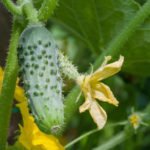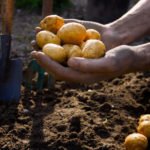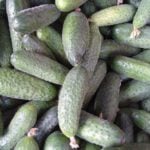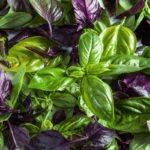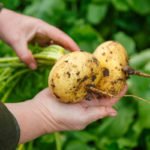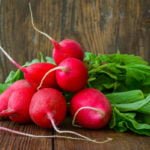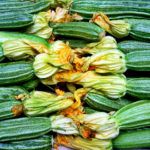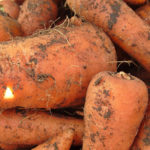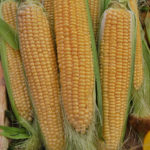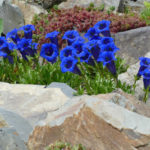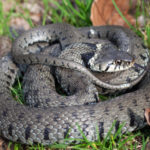Beta Vulgaris Var. esculenta is a biennial herbaceous root plant that forms in the first year a rosette of large petiolate leaves and a thickened fleshy root crop of flattened, rounded, oval, cylindrical, conical shape, of various colors. The leaves are large, fleshy, smooth or wavy, triangular, tongue-shaped or heart-shaped, basal – on juicy long, often purple-red petioles, stem-small, almost sessile, green with purple-red veins or purple-red. The flowering stem is erect, strongly branched. The flowers are small, nondescript, green or whitish, collected in bundles forming long leafy inflorescences; they bloom in May-September in the second year of life. Fruits – nuts, from fruits – glomeruli; ripen in September. The birthplace of beets: presumably the Mediterranean.

Beta Vulgaris Var.esculenta is a widely cultivated vegetable, medicinal and ornamental plant. In therapeutic and preventive nutrition, fresh, boiled, baked, pickled roots (salads, snacks, first courses) are used, which have antispasmodic, diuretic, anti-sclerotic, anti-inflammatory, wound healing, antitumor, laxative, hypotensive, restorative and other actions. Beetroot is especially useful for cardiovascular diseases, hypertension and metabolic disorders. The presence of cobalt gives the roots an intense color, supports hematopoiesis, promotes the synthesis of vitamin B12 and iodine, and the formation of thyroid hormones. Biologically active substances of beet-betaine increases the vital activity of liver cells, protecting it from fatty dystrophy. Beet pectin substances protect the body from the effects of radioactive and heavy metals, delay the development of harmful microorganisms in the intestine, promote the elimination of excess water and cholesterol, promote the breakdown and assimilation of plant and animal proteins. Magnesium, contained in root vegetables, regulates the tone of blood vessels and prevents the formation of blood clots. Beetroot broth helps with sore throat and runny nose.
Beetroot is notable for its large, dense leaves with brightly colored stems, which allow it to take a prominent place in the vegetable mixborder on the garden ground or to make an independent border. Seeding pattern 25-30 x 5-8 cm (9.8-11.8 x 2-3.1 inches), seeding depth 2-4 cm (0.8-1.6 inches). It grows well on all types of soils with a neutral or slightly alkaline reaction, with the exception of heavy loamy, floating soils. The best predecessors: legumes, cucumbers, potatoes, tomatoes, cabbage, onions.
